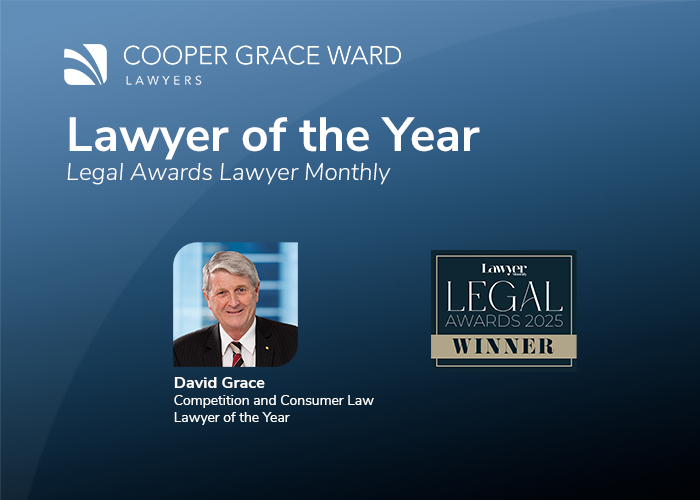In this edition of ‘It depends’, senior associate Steven Jell talks about what happens to an SMSF when a trustee and member dies.
VIDEO TRANSCRIPT
Hi, in this edition of It depends, we’re going to talk about what happens to an SMSF when a trustee and member dies.
What happens to the control of the SMSF?
So the first thing to think about is the ongoing control of the SMSF and the structure of the SMSF itself becomes really important. So if we’ve got individual trustees, then as a general rule, we must have two individual trustees at all times unless specific exemptions apply. Following the death of one of multiple individual trustees, the surviving trustee will assume control of the fund.
If we’ve got a company acting as trustee, then the situation is much the same where we have multiple directors. So, in the event of the death of one director, the surviving directors will take control of the trustee. If we’ve got a company where there is a sole director, then the person who assumes control of the shares in the trustee will likely be the person that determines the replacement director and the ongoing control of the trustee.
What happens to a member’s entitlements?
It depends on the documents which govern the SMSF, as well as the documents left behind by the individual member. So if the member’s left behind a binding death benefit nomination or made a reversionary nomination on their pension, then the trustee must follow those directions. If the member has not left behind any binding direction, then it will be up to the trustee to decide what happens with the member’s remaining entitlements.
For this reason, the ongoing control of the fund becomes really important.
What should I do?
It depends and there’s a number of factors to take into account when looking at the ongoing succession planning for the fund. How many other members are we looking to deal with? What are their specific intentions?
What are the risks of a dispute later on? What are the tax considerations? All of these things become relevant.
Control is key when we’re looking at the ongoing succession planning for a fund but even if we put binding directions in place the risk is that the person who takes control of the fund may not follow them.
If you’ve got any questions or your clients are interested in discussing the ongoing succession planning for their SMSF, please contact me or one of the team.
Thank you for watching this edition of It depends.




